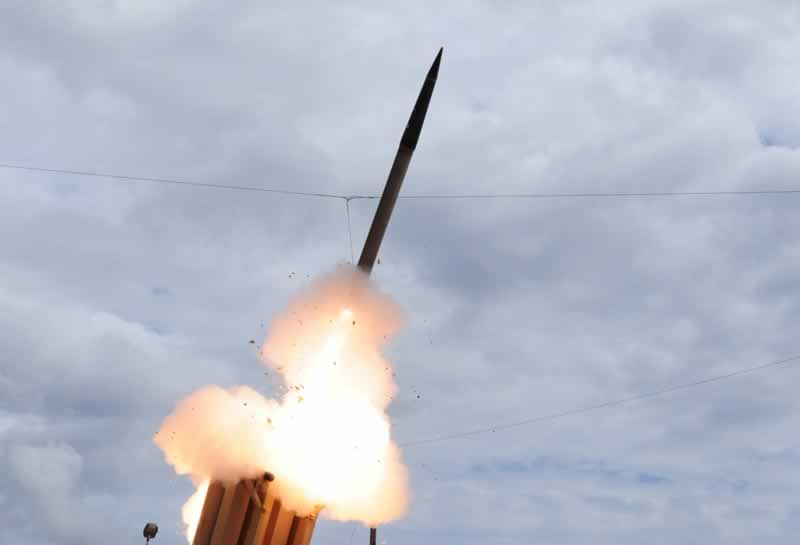
US considers Extended Range THAAD, enhanced BMS to defend against attacking hypersonic gliders
THAAD ER is currently in a company funded
concept phase. The Missile Defense Agency has supported the study with
approximately $2 million in FY14 funding to study the potential concept
of operations.
The US Missile defense Agency (MDA) is seeking future missile defense measures that will be able to defeat hypersonic glide vehicles, similar to those being developed by China, Russia and India. A Chinese hypersonic glide vehicle (HGV) tested in January 2014 demonstrated China’s technological ability to fly such vehicles at a speed 10 times the speed of sound (Mach 10). While interceptors can deal with targets flying at such speed, the less predicted flight path and the friction with upper atmosphere make it more difficult for intercept, at least from the ground, analysts suggest.
On its third test in December the Wu-14 HGV successfully flew at a speed of Mach 8. In previous test last January a similar glider reached a speed of 12,359 km/h (about Mach 10). Another test conducted in August failed. Experts believe the Chinese hypersonic glide test vehicle was clearly designed as a weapon delivery vehicle meant to break through U.S. defenses. Analysts suggest the HGV is more suitable for delivering a conventional weapon rather a nuclear one, given the high precision and extended range it can achieve over ballistic missile delivery system. Among the possible solutions, Lockheed Martin is evaluating an extended range variant of the Terminal High Altitude Area Defense (THAAD ER) that could be used to intercept such ultra-fast gliding warheads. THAAD ER is a concept that Lockheed Martin is recommending to the Missile Defense Agency as a way to evolve the THAAD program. Similar effects could also be achieved with other exo-atmospheric interceptors designed with high divert capability.

Current missile defense systems are designed to defeat ballistic missiles flying in predictable, high trajectories. More advanced interceptors currently in development are designed to deal with maneuvering targets, but hypersonic gliders flying just above the edge of earth’s atmosphere would pose extremely difficult targets to beat, due to the combination of flat trajectory and high speed (8-10 Mach) which would challenge the limited maneuverability interceptors can develop in that boundary layer, where aerodynamic maneuvering (in the atmosphere) is limited and reaction control thrusters, used to divert the interceptor toward its target in space are not brought to their full effect.
THAAD ER is currently in a company funded concept phase. MDA has provided us with approximately $2 million in FY14 funding to study the potential concept of operations.
Tamir Eshel. defense-update


Post a Comment Blogger Facebook Disqus